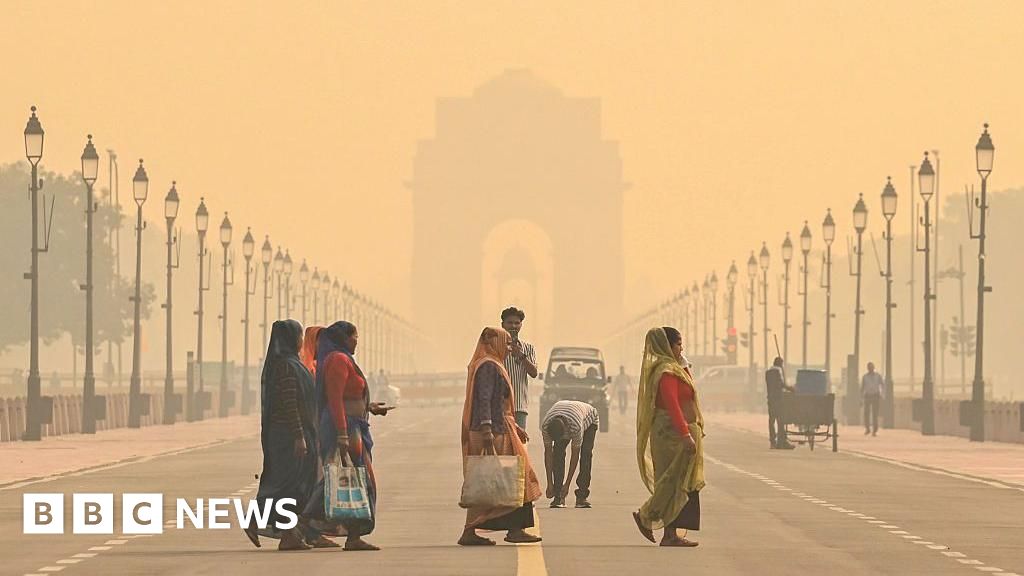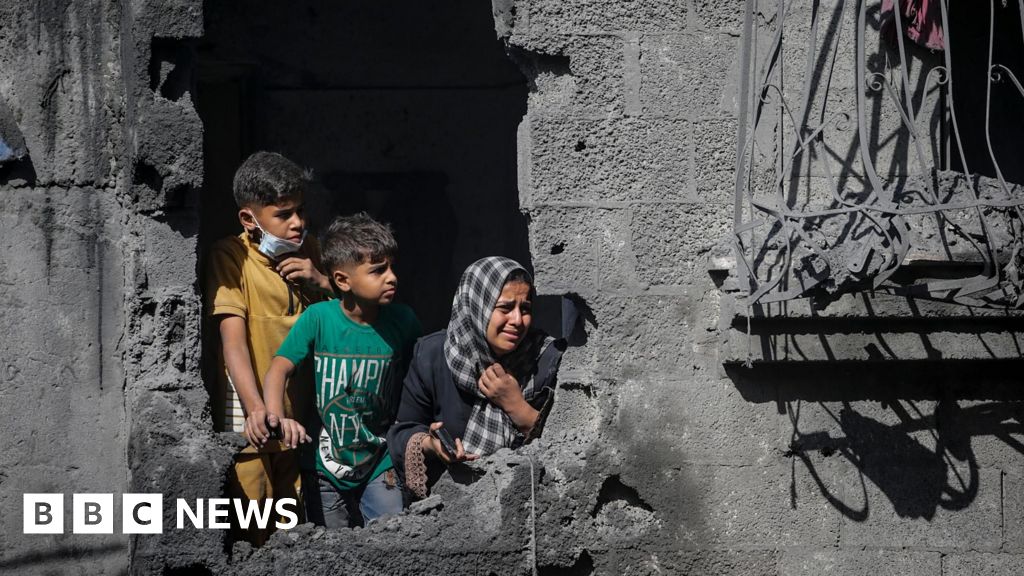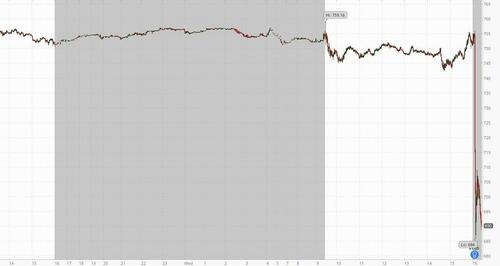Cloud seeding: Why Delhi’s artificial rain experiment to tackle toxic air failed

Abhishek DeyBBC News, Delhi
Authorities in Indian capital Delhi unsuccessfully carried out a cloud seeding trial, which is the science of altering clouds to make rains, to tackle the city’s worsening air pollution on Tuesday.
Cloud seeding is done by firing small particles – usually silver iodide – into clouds to produce rain. The technique is used around the world, but experts doubt its efficacy as a long-term air pollution control measure.
A team of the Indian Institute of Technology (IIT) Kanpur and the Delhi government carried out the trial over several neighbourhoods, as thick smog enveloped the city.
But the attempt – the first in 50 years – was “not completely successful” due to the lack of moisture in the air.
Over the past two weeks, Delhi’s Air Quality Index (AQI) – which measures the level of PM 2.5 or fine particulate matter in the air that can clog lungs – has been hovering between 300 and 400, which is nearly 20 times the acceptable limit.
On Tuesday, authorities used a Cessna aircraft to release fire flares containing silver iodide and sodium chloride into the atmosphere to trigger rainfall.
In a statement, IIT Kanpur said that despite the lack of rain, there had been a measurable reduction in particulate matter because of Tuesday’s experiment, “indicating that even under limited moisture conditions, cloud seeding can contribute to improved air quality”.
However, the institute’s director Manindra Agarwal told NDTV news channel that the technique was an “SOS measure” and not a long-term fix for Delhi’s perennial pollution problem.
The trial is likely to be repeated in the coming weeks after the moisture levels in the clouds increases again, Delhi’s Environment Minister Manjinder Sirsa told reporters.
Delhi’s first cloud-seeding experiment was carried out in 1957, followed by another attempt in 1972, according to the Indian Institute of Tropical Meteorology.
The city had considered cloud seeding in 2023 as well, but the plan did not materialise due to pending court approvals.
Back then, scientists had also highlighted how it was an expensive strategy with low success rates.
Cloud seeding speeds up the condensation of moisture in clouds to create rain. The salt granules act as ice-nucleating particles, which enable ice crystals to form in the clouds. The moisture in the clouds then latches on to these ice crystals and condenses into rain.
But the process doesn’t always work and is dependent on the right amount of moisture and humidity in the clouds to allow for ice nuclei to form.
There is not enough empirical evidence on how much the AQI can come down by cloud seeding, climate change and sustainability expert Abinash Mohanty told the BBC in 2023.
“We also don’t know what its [cloud seeding] effects are because in the end you’re trying to alter natural processes and that’s bound to have limitations.”
Globally cloud seeding exercises have yielded mixed results.
China has boasted about its success to manage rains before hosting the Olympics, with Beijing using rockets, cannons and drones to do cloud seeding.
However, in the United Arab Emirates, questions over the technique were raised, following floods in Dubai last year.
Follow BBC News India on Instagram, YouTube, Twitter and Facebook.
Recent Top Stories
Sorry, we couldn't find any posts. Please try a different search.










